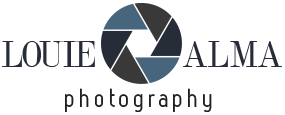DON’T Let Exposure Clipping Spoil Your Photos (VIDEO)
If you’re unfamiliar with the term “clipping” it’s time we brought you up to speed and revealed how easy it can be to prevent this common occurrence from spoiling the quality of images you shoot in the field. Today’s concise explainer from the Souvenir Photo Pros YouTube channel explains everything you need to know in two minutes flat.
Clipping occurs when portions of a photo lose detail, with overly bright highlights that are totally blown out. This issue is equally problematic in reverse when shadows are underexposed and “crushed”—appearing totally black. In either case, this familiar exposure mistake is a recipe for disaster.

According to our unnamed instructor, “This is a sign that your camera couldn’t capture enough information in those areas, and once the detail is lost you can’t get it back.” The problem is particularly acute when photographing complex landscape scenes or environmental portraits with a wide range of tones that exceed the density range of whatever camera you use—a key specification that varies from one model to another.
One of three basic camera settings are usually the culprit: namely, incorrect aperture, shutter speed, or ISO. When you get things wrong two things may happen, the first involves pure-white highlights (like a blown-out sky) without any texture let alone even a hint of clouds that are possible to restore.

When shadows are clipped, on the other hand, “they go pitch black, and whatever details were there completely disappears.” As the episode proceeds, you’ll learn how to configure the camera properly and use a few simple techniques so that the images you make will be accurately balanced and properly exposed.
The Souvenir Photo Pros YouTube channel is a great source of easy-to-follow instructional videos that solve common problems that you may encounter in the field.
And don’t miss the related tutorial we featured recently with another accomplished outdoor shooter who demonstrates a unique method for capturing perfectly exposed photographs without advanced technical skills or high-end equipment.





